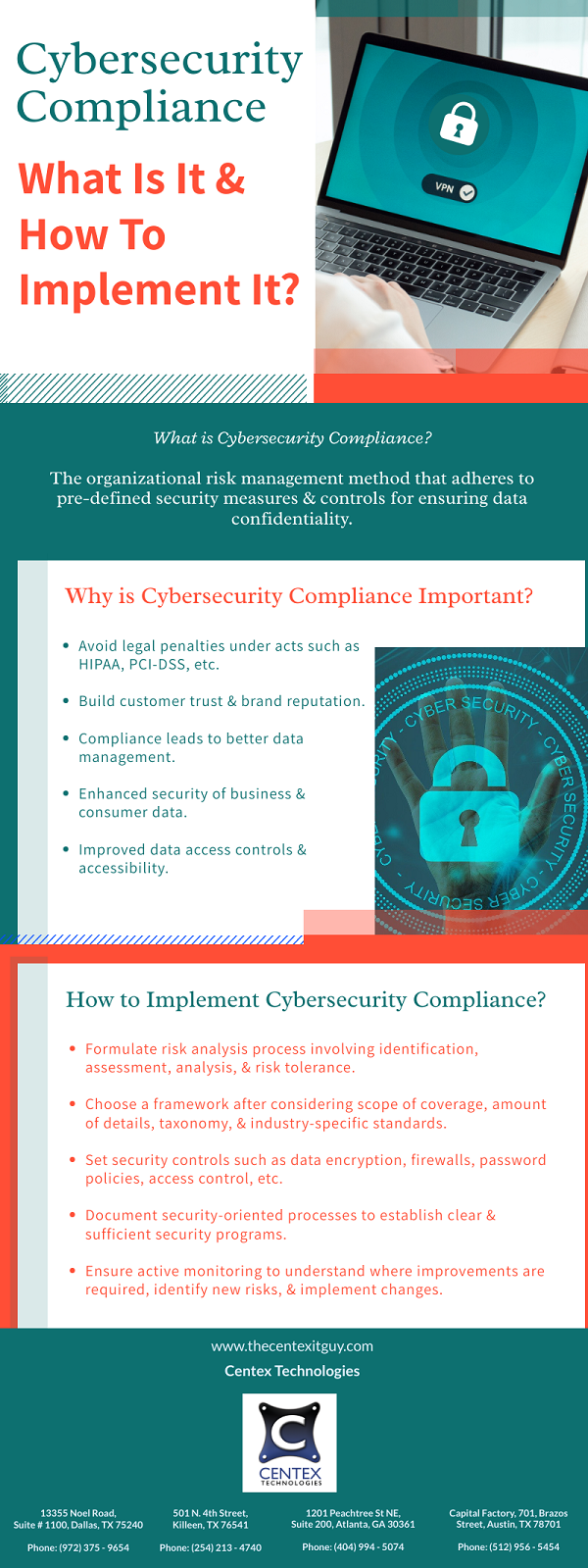Cyber security is a vast and dynamic domain. As new cyber security challenges emerge rapidly, it may become overwhelming for business organizations to keep up. To combat this, business organizations should implement a cyber- security checklist. A comprehensive cybersecurity checklist assists firms in adopting a cybersecurity-focused workplace culture as well as strengthening their cybersecurity posture for complying with various regulations.
1. Communications channels to be encrypted
Spam filtering technology in email servers automatically detects and eliminates emails that look to be phishing scams from employees’ inboxes. When communicating work-related information and passwords, use an encrypted email or messaging service to reduce the likelihood of the communication being intercepted and decoded. Employer-issued devices should never be linked to a public network. Also when viewing websites, employees should use security mechanisms and protocols.
2. Decentralize your cybersecurity strategy
Allowing the CISO to control and oversee user rights can help prevent specific departments from getting access to information they don’t need. Organizations that provide identical rights to all users are more prone to attacks.
3. IT strategies must be separated from Cybersecurity strategies
Cybersecurity threats are increasingly complicated and incident reaction times are more rapid. At the company level, the CISO should evaluate cyber threats and build mitigation and response plans.
4. Effective and efficient incident response process
An incident response strategy can assist staff in detecting, responding to, and recovering from cybersecurity problems with more efficiency. The incident response rules should be followed by all organizations. The strategy should spell out how to document and respond to cyberattacks.
5. End-user cybersecurity awareness training
A single mistaken click on a phishing email by distracted or anxious personnel might disclose vital information. Employees should be taught not to read emails from unknown senders or click links inside them. Leadership should be notified of any possible phishing assaults.
6. Implement ZTNA
The Zero Trust Network Access security paradigm is intended to instill in an organization’s culture a “never trust, always verify” mentality. By default, network administrators and IT employees are instructed to deny access to all devices in this cybersecurity architecture. Two-factor authentication is encouraged by a Zero Trust policy.
7. Strong and complex credentials
Passwords must be made up of a random sequence of alphanumeric and special characters. Also, store encrypted passwords only.
8. Automated updates and upgrades
Updates to operating systems are frequently applied to mitigate or eliminate vulnerabilities in older versions. Malicious software created for a certain version of the operating system will be discovered and deleted by the operating system in a future update when devices are upgraded. Antivirus software may be programmed to update automatically whenever a new version is published, improving the likelihood of protection from malware and other sorts of cyber-attacks.
9. Data backups
Employees must be able to restore their data from previous save points if their hard disk has to be reset. IT department should be in charge of data backups, and backup logs and tests should be performed regularly.
10. Access to critical systems to authorized security personnel only
No employee should be able to make changes to the company’s network and devices’ system details and configuration. Security threats are addressed by reducing the number of network administrators. Auditing and removing accounts from employees who have transferred workstations or are no longer employed by the company is another great practice.
11. Activate automated locking features
This stops onlookers from seeing what is displayed on the gadget. Users can remotely access the computer when it is logged in, which is why it should not be used unless it is under the direct supervision of an employee.
12. Device disposal and data-purge
When sensitive data is no longer needed, it should not be discarded. To delete all data from the hard disk, it should be entirely formatted. Any linked data may be entirely retrieved via a SATA connection without the hard disk being physically destroyed. Before destroying the drive, make sure the data on it is backed up.
13. Periodic cybersecurity evaluations and assessments
To identify new hazards, systems and software should be reviewed regularly. Some upgrades may cause systems to malfunction or expose them to risks. When evaluating a network, it’s essential to talk to an impartial cybersecurity professional who can give knowledgeable suggestions.
14. Employ 3rd-party security services
Leaders across organizations are advised to leverage the services from MSSPs (Managed Security Service Providers) to strengthen the cybersecurity posture of their organizations.
Centex Technologies provides cyber security solutions to businesses and also assists in formulating cyber security strategies. To know more about cybersecurity, contact Centex Technologies at Killeen (254) 213 – 4740.

